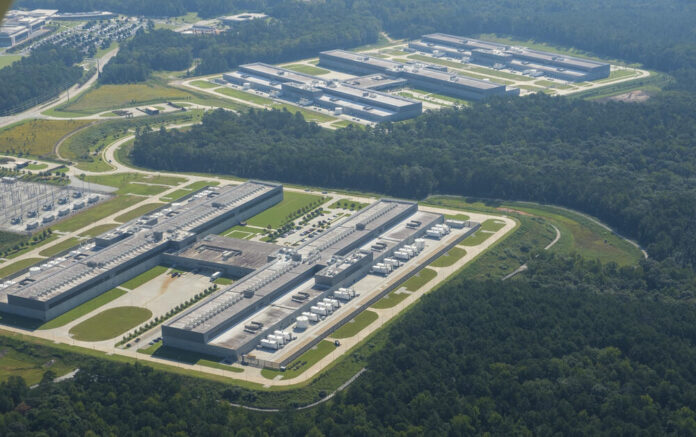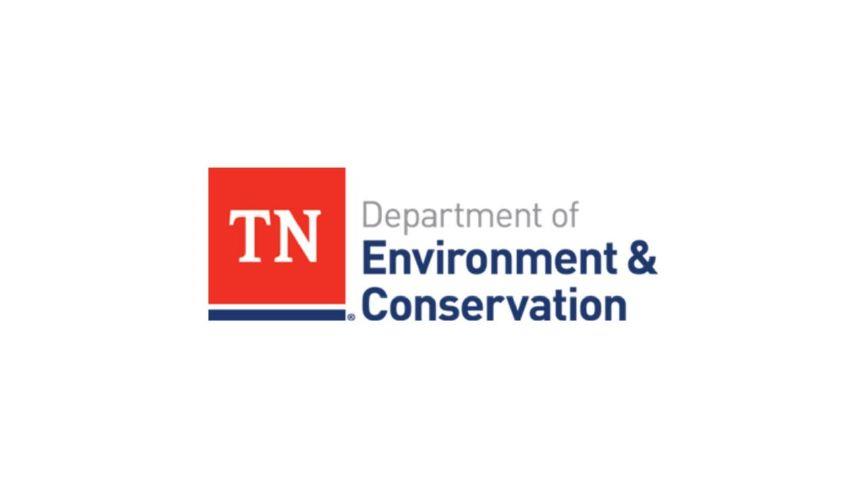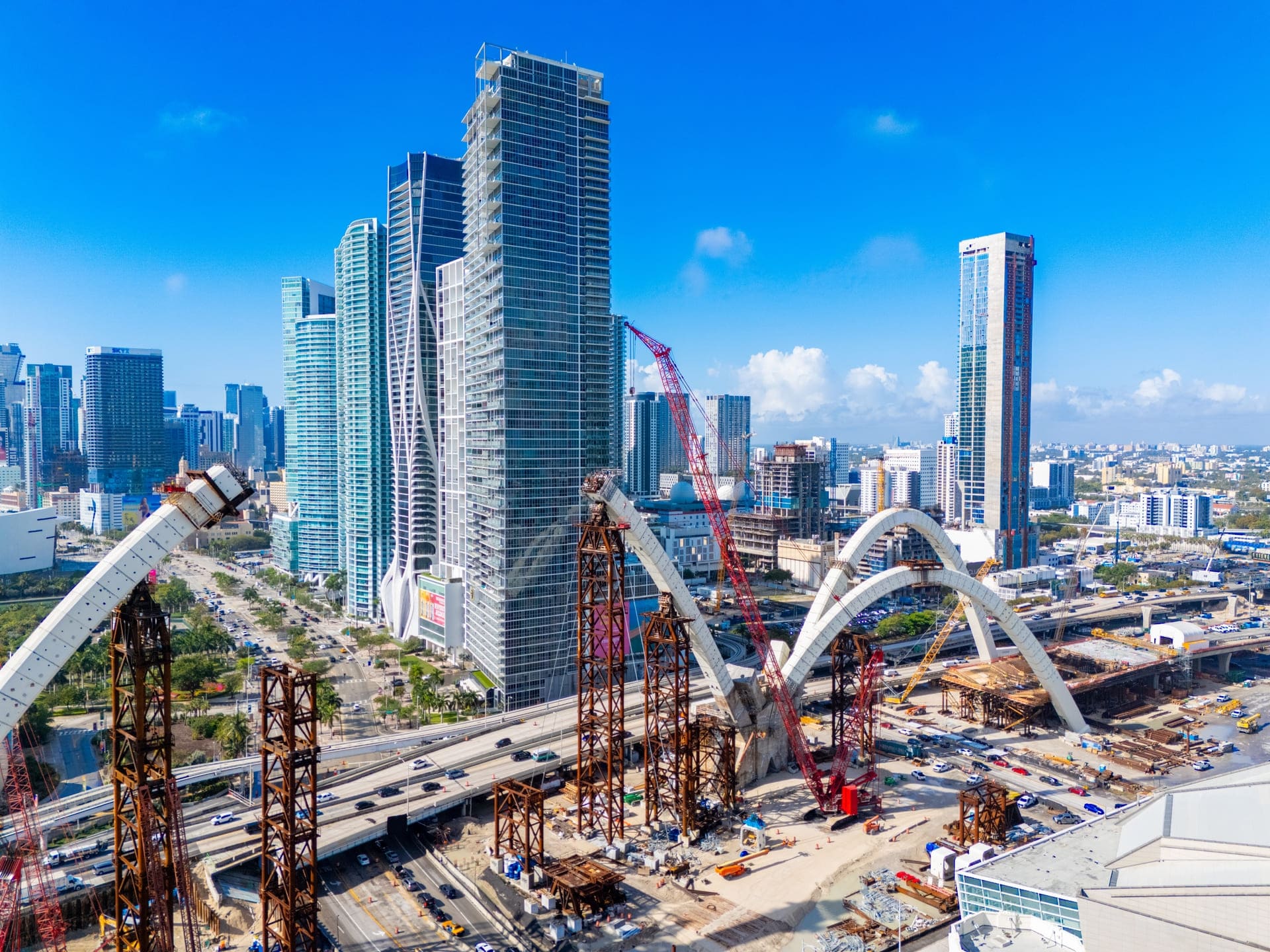UK economy growth forecasts lowered from next year – BBC

UK Economic Outlook and Implications for Sustainable Development Goals
Revised Growth Projections and Impact on SDG 8 (Decent Work and Economic Growth)
The United Kingdom’s official economic forecaster, the Office for Budget Responsibility (OBR), has revised its growth projections. This report assesses the implications of these forecasts on the nation’s progress towards the Sustainable Development Goals (SDGs), particularly SDG 8, which promotes sustained, inclusive, and sustainable economic growth, full and productive employment, and decent work for all.
- The economic growth forecast for the current year has been upgraded to 1.5%.
- Projections for the subsequent four years have been downgraded, with an estimate of 1.4% in 2026 and 1.5% for the following years.
This long-term slowdown presents a significant challenge to achieving the targets of SDG 8. While the government has prioritized economic growth to improve living standards, the forecast indicates that achieving sustained growth will be difficult due to underlying structural issues.
Productivity, Innovation, and Sustainable Infrastructure (SDG 9)
The primary factor behind the downgraded forecast is a reduction in expected productivity growth. This directly impacts the UK’s ability to meet the objectives of SDG 9 (Industry, Innovation, and Infrastructure), which aims to build resilient infrastructure and foster innovation.
The OBR report notes that anticipated economic rebounds following recent global shocks have not materialized, suggesting persistent challenges to productivity. Government initiatives to stimulate growth through infrastructure projects, such as building roads and homes, are aligned with SDG 9. However, the underlying weakness in productivity—a measure of economic output per hour worked—remains a critical barrier to sustainable industrial and economic development.
Fiscal Policy, Public Services, and Social Goals (SDG 1, 3, 4, 10)
The OBR’s analysis of government fiscal policy reveals a dual approach of increased public spending alongside a rising tax burden, with significant consequences for several social SDGs.
- Taxation Policy: The extension of the freeze on income tax thresholds is projected to increase the number of taxpayers in basic, higher, and additional rate bands. While this raises revenue, it may impact progress on SDG 10 (Reduced Inequalities) by increasing the tax burden on a wider segment of the population.
- Public Spending: Public service spending is set to increase over the next five years. Specific measures, such as reversing welfare cuts and lifting the two-child limit in universal credit, directly support SDG 1 (No Poverty) and SDG 10. The revenue generated is essential for funding public services that underpin SDG 3 (Good Health and Well-being) and SDG 4 (Quality Education).
The forecast highlights the critical link between economic performance and the state’s capacity to fund services essential for achieving social sustainability goals.
Inflation and Institutional Frameworks (SDG 17)
The report underscores the importance of macroeconomic stability and strong institutions, key components of SDG 17 (Partnerships for the Goals). The OBR functions as an independent body providing critical oversight of public finances.
- Fiscal Rules: The government’s self-imposed fiscal rules—not borrowing for day-to-day spending and ensuring government debt falls as a share of national income—are designed to maintain credibility with financial markets, ensuring a stable environment for financing sustainable development.
- Inflation Forecast: The OBR expects inflation to be 3.5% this year before falling towards the 2% target. Managing inflation is crucial for economic stability, which provides a predictable environment for investment in sustainable initiatives.
The OBR’s independent assessment, combined with the government’s fiscal framework, represents the institutional architecture necessary to navigate economic uncertainty while pursuing long-term development objectives.
Analysis of the Article in Relation to Sustainable Development Goals
1. Which SDGs are addressed or connected to the issues highlighted in the article?
-
SDG 8: Decent Work and Economic Growth
- The entire article is centered on the UK’s economic performance. It discusses forecasts for economic growth, the importance of productivity, and the government’s pledge to grow the economy. The text states, “The UK economy is now predicted to grow at a slower rate than previously expected,” and the government “has made growing the UK economy its main pledge.” This directly aligns with the core focus of SDG 8 on promoting sustained, inclusive, and sustainable economic growth.
-
SDG 1: No Poverty
- The article touches upon social protection measures aimed at alleviating poverty. It mentions that public spending would increase, “primarily to pay for ‘reversals to welfare cuts and lift the two-child limit in universal credit’.” These actions are directly related to social safety nets, which are a key component of SDG 1’s goal to end poverty in all its forms.
-
SDG 10: Reduced Inequalities
- The article discusses fiscal policies that have a direct impact on income inequality. It highlights that a freeze in income tax thresholds will result in more people paying higher rates of tax and that the “tax burden on the economy would hit record levels.” Such fiscal policies are central to SDG 10, which aims to reduce inequality within and among countries.
-
SDG 9: Industry, Innovation and Infrastructure
- There is a direct reference to infrastructure development in the Chancellor’s speech. The quote, “Building roads, building homes, getting spades in the ground and cranes in the sky,” points to a focus on building resilient infrastructure, which is a cornerstone of SDG 9.
2. What specific targets under those SDGs can be identified based on the article’s content?
-
Target 8.1: Sustain per capita economic growth
- The article is fundamentally about the UK’s economic growth rate. It provides specific forecasts from the Office for Budget Responsibility (OBR), such as the prediction that “the economy will expand by 1.5% this year” but with downgraded forecasts for subsequent years. This directly relates to the goal of sustaining economic growth according to national circumstances.
-
Target 8.2: Achieve higher levels of economic productivity
- The article explicitly identifies lower productivity as the reason for weaker growth forecasts. It states, “lower productivity growth – a measure of output of the economy per hour worked – was behind the weaker growth forecast.” This directly corresponds to the aim of Target 8.2 to improve economic productivity.
-
Target 1.3: Implement nationally appropriate social protection systems
- The article mentions specific government policies to strengthen social protection. The plan to use increased public spending for “reversals to welfare cuts and lift the two-child limit in universal credit” is a clear example of implementing social protection measures as outlined in this target.
-
Target 10.4: Adopt policies, especially fiscal, wage and social protection policies, and progressively achieve greater equality
- The discussion on tax policy, specifically the “freeze in income tax thresholds” and the resulting increase in the number of people paying higher tax rates, is a direct reference to the fiscal policies mentioned in this target. These policies have a significant effect on income distribution and equality.
-
Target 9.1: Develop quality, reliable, sustainable and resilient infrastructure
- The Chancellor’s statement about “Building roads, building homes” clearly indicates a focus on infrastructure development, which is the central theme of this target.
3. Are there any indicators mentioned or implied in the article that can be used to measure progress towards the identified targets?
-
Indicator 8.1.1: Annual growth rate of real GDP per capita
- The article provides explicit figures for this indicator. The OBR’s forecasts of economic expansion by “1.5% this year,” “1.4% in 2026 and 1.5% in all of the following four years” are direct measurements of the annual growth rate of GDP.
-
Indicator 8.2.1: Annual growth rate of real GDP per employed person
- The article directly refers to this concept as “productivity growth – a measure of output of the economy per hour worked.” It also quantifies a change in expectations, noting the OBR lowered its forecast for the UK’s productivity by “0.3 percentage points.”
-
Indicator 1.3.1: Proportion of population covered by social protection floors/systems
- While the article does not provide a specific percentage, it implies a change in this indicator. The mention of policy changes like lifting “the two-child limit in universal credit” directly affects the coverage and adequacy of the social protection system for families.
-
Implied Indicator for Target 10.4: Tax burden as a share of GDP
- The article states that the “tax burden on the economy would hit record levels.” This metric is a key indicator of the scale of fiscal policy and its potential impact on income redistribution and inequality. The specific changes to income tax thresholds are policy actions that directly influence this indicator.
4. Summary Table of SDGs, Targets, and Indicators
| SDGs | Targets | Indicators |
|---|---|---|
| SDG 8: Decent Work and Economic Growth |
8.1: Sustain per capita economic growth.
8.2: Achieve higher levels of economic productivity. |
8.1.1: Annual growth rate of real GDP per capita (e.g., “economy will expand by 1.5% this year”).
8.2.1: Annual growth rate of real GDP per employed person (referred to as “productivity growth” and a downgrade of “0.3 percentage points”). |
| SDG 1: No Poverty | 1.3: Implement nationally appropriate social protection systems. | 1.3.1: Proportion of population covered by social protection floors/systems (implied by “reversals to welfare cuts and lift the two-child limit in universal credit”). |
| SDG 10: Reduced Inequalities | 10.4: Adopt policies, especially fiscal, to achieve greater equality. | Implied: Tax burden as a share of GDP (mentioned as hitting “record levels” due to fiscal policies like the “freeze in income tax thresholds”). |
| SDG 9: Industry, Innovation and Infrastructure | 9.1: Develop quality, reliable, sustainable and resilient infrastructure. | Implied: Investment in infrastructure (indicated by the Chancellor’s statement on “Building roads, building homes”). |
Source: bbc.com
What is Your Reaction?
 Like
0
Like
0
 Dislike
0
Dislike
0
 Love
0
Love
0
 Funny
0
Funny
0
 Angry
0
Angry
0
 Sad
0
Sad
0
 Wow
0
Wow
0
















































![[Webinar] New California Employment Laws & Developments for 2026 – December 10th, 10:00 am – 11:30 am PT – JD Supra](https://jdsupra-static.s3.amazonaws.com/profile-images/og.16077_5211.png?#)



























